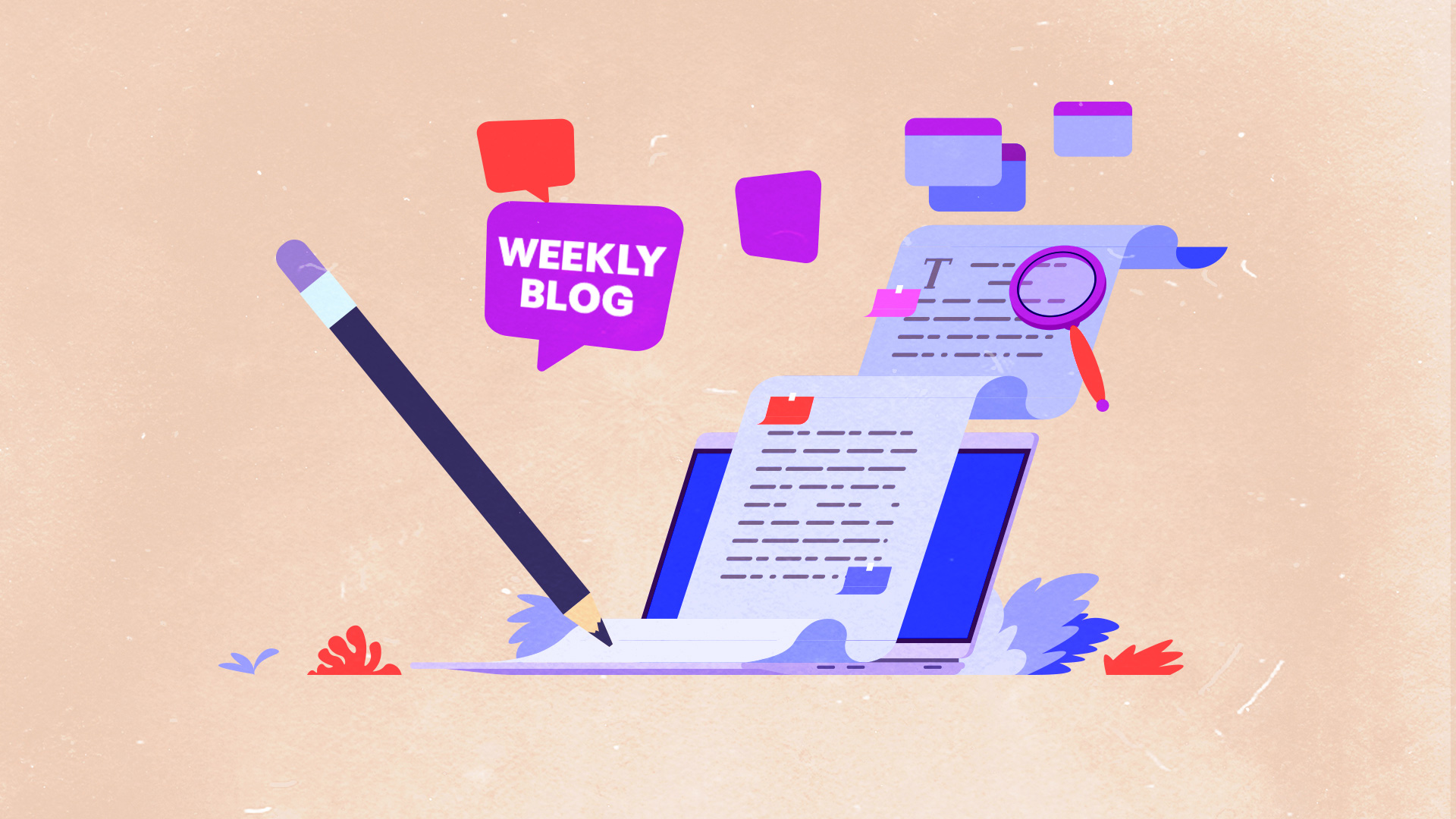Get ready, this is going to be a long blog but I’m certain it’s going to be worth your time.
The ‘Black Death’ (Bubonic Plague) occurred in the mid-1300s, caused by a certain flea that lived off rodents’ blood. It particularly thrived among black rats in Central Asia. The bacteria carried by the rat attacks the lymph glands of the human body and hence the immune system. Victims experienced high fever and bled beneath the skin. This caused visible dark patches, giving the name ‘Black Death’ to the plague.
The Black Death shows remarkable similarities to the present pandemic that has brought the world to a standstill. I want to take time to point out some uncanny similarities.
1. It started in China
The plague started in Central Asia, in what is China today, specifically with Mongol nomadic herders. By the late 1200s, they had conquered China, Russia, and Muslim lands from Afghanistan to Baghdad. Moving around the empire, they carried the plague rats with them.
2. It spread through travel routes
Just as the Covid virus spreads via air travel globally, the Black Death spread through shipping routes from the East to other parts of the world, first to the Middle East – to Constantinople (now Istanbul), Egypt, and Syria. In October 1347, the plague arrived in Europe, in Sicily, Italy. Soon, it spread all over Europe. Though Venice was the first to adopt public health laws to block the plague, 60% of its populace died.
3. The response of the Church
In Christian Europe, the Roman Catholic Church called the plague God’s punishment on the peoples’ sins. The Church organised prayer and religious marches to stay God’s hand of judgment and stop the plague. But the plague continued unabated, so Christians soon turned against the Church as congregation and priest alike succumbed.
4. Conspiracy theories abounded
One primary rumour that spread widely was that Jews were responsible for the plague. The rumours carried undertones of a conspiracy by Jews to kill Christians and take control of the world. Thus, waves of violence and persecution of the Jewish race took place. In Strasbourg, citizens rounded up 900 Jews and burned them alive. During this pandemic, the internet is likewise rife with conspiracy theories of all kinds. The underlying narrative of these theories remains very much the same despite the passage of seven centuries.
5. Massive economic shifts
Before the plague, Europe’s population was some 75-80 million people but 25-40 million lost their lives, decreasing the populace by a third. Farms and industry saw a hugely reduced labour force. Remember that in Medieval Europe, the foremost currency of the economy was human labour so its economies turned upside down. People demanded lower land rents, higher wages, and common labourers were endowed with greater bargaining power against their feudal lords and landowners. The English Peasant Revolt of 1381 took place in this period alongside many similar revolts around Europe. The net result: more favourable conditions for society’s poorer segments. The labour shortage spurred innovations in labour-saving technology, one being Gutenberg’s printing press. For avid church history buffs, this was probably the most significant technological innovation that brought about The Reformation.
Likewise, social and racial justice issues found their way to the forefront presently. Wealth inequalities were exacerbated, reforming the status quo. Meanwhile, business and industries are disrupted, which will need to lead to innovation and changes.
6. Social changes
Prior to the plague, medicine in Europe was mostly superstition and traditional remedies. Due to the plague, medicine began to truly develop into a science based on observation and evidence. Hospitals, until then, were places where people went to die. Soon, it became a place for treatment. For the first time, cities developed systems for sanitation, garbage collection, food inspection, and many other public health measures. While the bubonic plague is still around today, it kills only about 200 people worldwide each year.
7. Religious reformation
The Church’s inability to provide answers and proper guidance to people during the plague caused her to lose credibility and authority. This set the stage for the Protestant Reformation which dealt substantially with the superstitions mingled into church doctrine, catalysed the abolition of serfdom in Europe, and led the charge into the Age of Enlightenment upon a strong emphasis on education – both religious and secular.
In many ways, the Church faces unprecedented challenges in this pandemic. False premises on which we’ve built our churches and faith will be shaken up. Without this shaking, we cannot see where we’ve gone amiss, without which a reformation cannot take place. External structures and forms will be brought into question, but the end result will shift our focus back to what’s truly important in our faith.
History is not only an excellent teacher, it’s a prophet of what’s to come. There’s nothing new under the sun. May we obtain a heart of wisdom, and be enrolled in the great reformation that may spring from the aftermath of this present pandemic.





